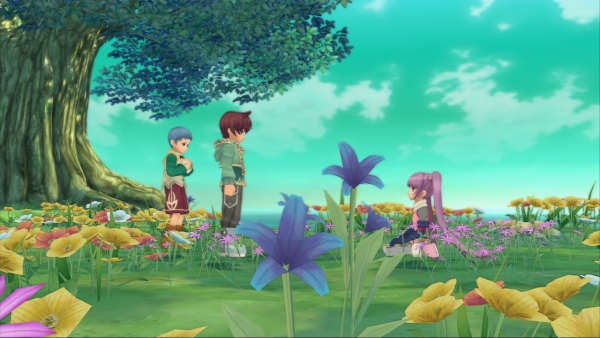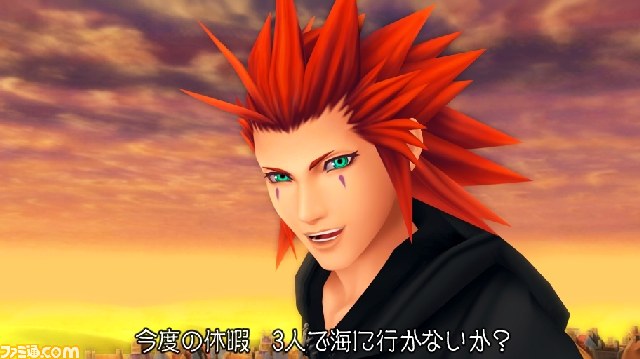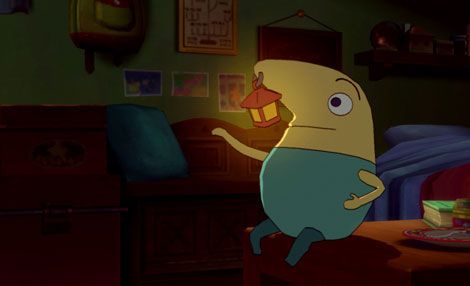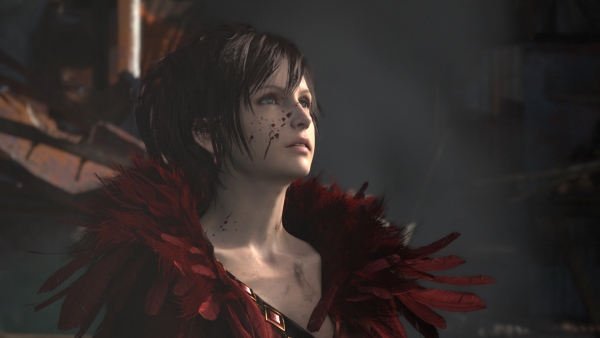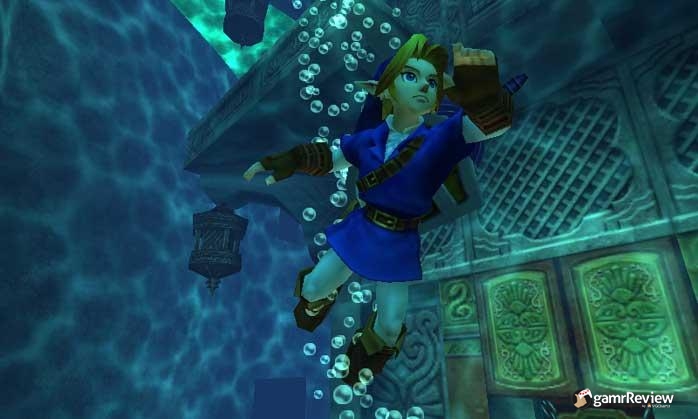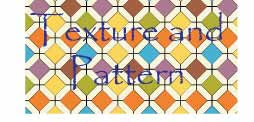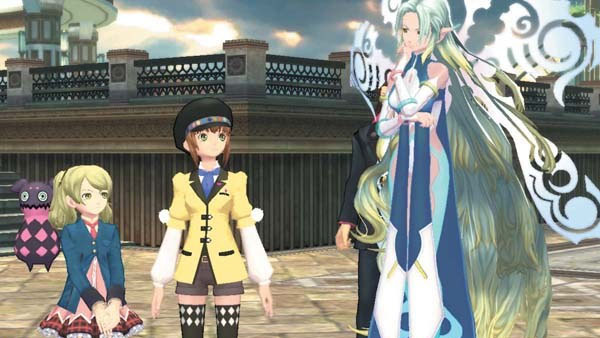Art is a reflection of life and life is constantly moving - therefore motion is an important element of art. Some types of motion that can be experienced in a video game include: anticipated movement, lines of force, and kinesthetic empathy.
Anticipated Movement
Anticipated movement is defined as the motion a viewer thinks will happen given their own past experiences with the subject matter. In Lollipop Chainsaw, for example, we see the main character swinging a chainsaw at a zombie. We, as the viewer, can assume this motion will be completed with her sawing the zombie and his falling to the ground.
Ashcraft, Brian. "Lollipop Chainsaw Reveals Skimpy Outfits." Kotaku Australia, the Gamer's Guide. N.p., 9 Mar. 2012. Web. 23 Feb. 2013. http://www.kotaku.com.au/2012/03/lollipop-chainsaw-reveals-skimpy-outfits/
Lines of Force
Lines of force are well used to strongly suggest the feeling of motion and where the motion is going. Lines of force are widely used in video games, as demonstrated below. The warrior is swinging his weapon and the lines used to show the pathway of his weapon and really enhance the motion are clearly seen below the jumping man.
Simmonds, Murphy. "Games Reviews Final Fantasy XIII-2, Soul Calibur V, Resident Evil: Revelations." Leeds Guide Articles RSS. N.p., 8 Feb. 2012. Web. 23 Feb. 2013. http://www.leedsguide.co.uk/review/games-reviews/final-fantasy-xiii-2-soul-calibur-v-resident-evil-revelations/20232
Kinesthetic Empathy
Kinesthetic empathy is motion an observer feels when looking at a work of art. Legend of Zelda's hero, Link, is seen here swimming underwater with bubbles rising towards the surface. Seeing someone swimming underwater can evoke a feeling in the player that reminds them of what it feels like to hold their breath and float in the water.
Share-Strom, Daniel. "The Legend of Zelda: Ocarina of Time 3D - Review." - GamrReview. N.p., 18 June 2011. Web. 23 Feb. 2013. http://www.gamrreview.com/review/86879/the-legend-of-zelda-ocarina-of-time-3d/























